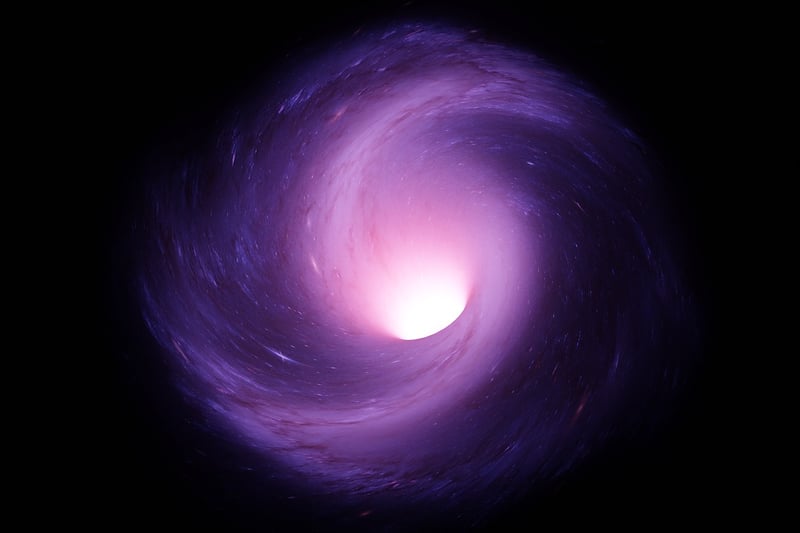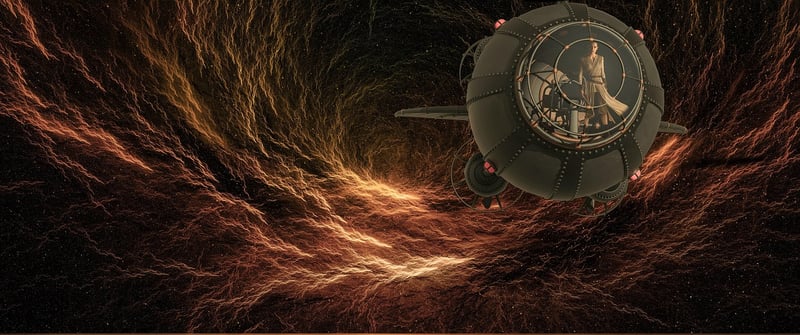Wormholes
The Science Behind Time Travel and Wormholes
Time travel has long been a fascinating concept in science fiction, but is it possible in reality? Let's delve into the scientific theories behind time travel and how wormholes play a crucial role in this mind-bending concept.
Understanding Time Travel
According to the theory of relativity proposed by Albert Einstein, time is not a constant but can be affected by gravity and speed. This forms the basis for the possibility of time travel.
Wormholes: Theoretical Passageways
Wormholes are hypothetical tunnels in spacetime that connect two separate points in space and time. They are often depicted as shortcuts that could allow for faster-than-light travel and potentially time travel.
How Wormholes Work
In theory, a wormhole could create a shortcut through spacetime by bending it, allowing for almost instantaneous travel between two distant points. However, the existence of wormholes is purely speculative and has not been observed or proven.
The Grandfather Paradox
One of the most famous paradoxes associated with time travel is the Grandfather Paradox. It postulates a scenario where a time traveler goes back in time and prevents their grandfather from meeting their grandmother, which would result in the time traveler never being born. This paradox raises questions about the consistency of time travel.
Conclusion
While time travel and wormholes remain fascinating topics in scientific discussions and popular culture, the practicality and feasibility of such concepts are still uncertain. The exploration of these ideas pushes the boundaries of our understanding of the universe and the nature of time.


